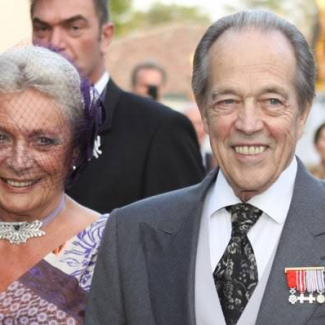Great Confederacy of Commonwealth States wrote:I was planning on making Henri II, 85 years old, a bit of a grandfather to all other monarchs. Not in the literal sense, but in the sense that he gives advice to other monarchs on official and personal matters.
What I am looking for: a few kids of characters for whom Henri II could be godfather. Maybe he could even be godfather to Alexander Vladimir?
He could be the Godfather of the Nephew of the King of France?
Also whoever is playing Cameroon, i love that your going with the House of Bonaparte. That means the House will have a Cameroonian and French Branch.







